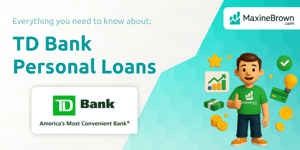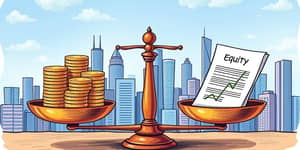
In an ever-changing global economy, organizations and policymakers seek clarity amid uncertainty. By leveraging advanced techniques and data, they can shape strategies, manage risks, and seize emerging opportunities.
Economic forecasting is the art and science of estimating future economic conditions based on patterns in past performance. By analyzing key variables such as GDP, inflation, employment, market prices, and consumer demand, forecasters aim to deliver insights that are vital for business planning, government policy, and investment decisions.
This process relies on a blend of statistical rigor and domain expertise. Whether projecting quarterly GDP growth or anticipating shifts in consumer spending, a robust framework underpins every prediction.
Every reliable forecast follows a structured methodology. From defining objectives to validating results, each phase builds toward actionable insights.
Economic forecasts draw on diverse methodologies. Each model type offers unique strengths for specific use cases, from routine demand planning to navigating crises.
This unified overview highlights how forecasters choose models that align with their goals and the data environment.
Evaluating model performance ensures that predictions remain reliable. Key metrics include:
Regular monitoring of these indicators fosters continuous model refinement and resilience against shifting dynamics.
Economic forecasting models drive strategic decisions in diverse contexts:
Time Series Example: A three-period moving average computes next-month demand as (A1 + A2 + A3) / 3, responding quickly to recent trends.
Econometric Example: Linear regression might model quarterly sales using Sales = 20,000 + 30 × Advertising Spend, where 30 is the slope estimate and 20,000 the intercept.
Hybrid Example: ARIMA-X integrates traditional autoregressive components with external causal variables, while neural network ensembles absorb expert adjustments and large-scale patterns.
Judgmental Example: The Delphi technique gathers forecasts from industry specialists in iterative rounds, converging on consensus when data alone cannot capture novel disruptions.
Forecasting is not without hurdles. Common challenges include:
In response, forecasters leverage cutting-edge technologies:
Hybrid machine learning approaches uncover nonlinear relationships missed by traditional methods, while ensemble frameworks improve robustness against volatility.
Financial analysts now integrate pro forma statements with dynamic forecasts, enabling real-time strategy adjustments and proactive risk management.
Economic forecasting is both a rigorous science and a creative discipline. By following a structured process—selecting the right models, validating data, and continually measuring accuracy—organizations can transform raw numbers into actionable insights for sustainable growth.
Embracing innovation, maintaining vigilance, and aligning forecasts with strategic objectives empowers decision-makers to navigate uncertainty and chart a course toward a resilient future.
References













